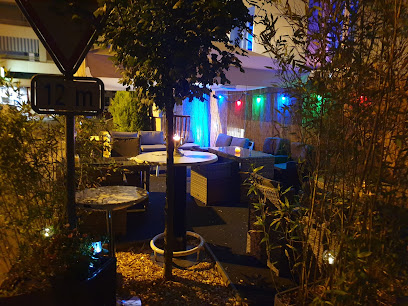
Kaiserbrunnen: Konstanz's Caricature Fountain
Discover the Kaiserbrunnen in Konstanz: a satirical fountain blending history, art, and humor in the heart of the city's Marktstätte, offering a unique perspective on the Council of Constance.
The Kaiserbrunnen, or Emperor's Fountain, is a captivating landmark in Konstanz's Marktstätte, blending history, art, and satire. Built between 1897 and 1903, and redesigned in the 1990s by Peter Lenk, it replaced an earlier fountain honoring German emperors with a series of caricatures and symbolic figures referencing the Council of Constance (1414-1418). The fountain features a three-headed peacock representing the three popes vying for power during the Council, along with other figures that humorously depict the era's political and religious tensions. More than just a pretty fountain, it's a thought-provoking piece of public art that invites visitors to reflect on Konstanz's rich and often turbulent past, making it a must-see attraction in the city's heart.
A brief summary to Kaiserbrunnen
- Marktstätte, Konstanz, Altstadt, 78462, DE
Local tips
- Take time to examine each figure closely; their caricatures offer a unique, satirical take on historical events and figures.
- Visit during the weekly market (held on Wednesdays and Saturdays) to experience the Marktstätte at its liveliest.
- Look for the three-headed peacock, a symbol of the papal schism during the Council of Constance.
Getting There
-
Walking
The Kaiserbrunnen is located in the heart of Konstanz's Altstadt (Old Town) on the Marktstätte (Market Square), making it easily accessible on foot from most central locations. From the Konstanz train station, walk straight ahead towards the city center, passing the Konzil building on your right. Continue onto Marktstätte; the Kaiserbrunnen will be prominently visible in the square. The walk is approximately 5-10 minutes. No costs are associated with walking.
-
Public Transport
Several bus lines stop near the Marktstätte. Check the 'Mein Konstanz' app or the Stadtwerke Konstanz website for the most up-to-date schedules and routes. From the Konstanz train station, numerous bus lines will take you to the 'Marktstätte' stop. A single ticket within Konstanz (City Zone) costs approximately €2.40. Consider purchasing a day ticket for €5.30 if you plan to use public transport extensively. Note: The Studi-Ticket, available to students of the University and HTWG Konstanz, provides free travel on city buses (excluding night buses) after 7 PM and may offer other travel benefits.
-
Driving
If driving, be aware that the Altstadt is a pedestrian zone with limited parking. The closest parking garage is Parkhaus Marktstätte (Dammgasse 3, 78462 Konstanz). From there, it's a short walk to the Kaiserbrunnen. Parking fees at Parkhaus Marktstätte are approximately €2.50 for the first hour, €2.50 for each additional hour, with a daily maximum of €24. Be aware that the entrance has a height restriction of 1.95m. Follow signs for 'Altstadt' and then 'Parkhaus Marktstätte'. Note that access to the Parkhaus Marktstätte is still possible despite construction work at Bahnhofplatz, but you should follow the local diversion signs.
Discover more about Kaiserbrunnen
Iconic landmarks you can’t miss
Münsterpl.
0.4 km
Explore Münsterplatz in Konstanz, a historic square filled with stunning architecture, local culture, and vibrant atmosphere perfect for tourists.
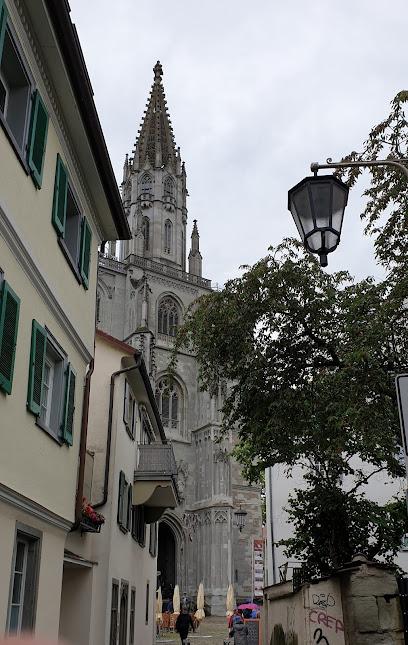
Hotel Kreuzlingen am Hafen
1.1 km
Discover the charm of Lake Constance at Hotel Kreuzlingen am Hafen, where comfort meets stunning lakeside views and fine dining options await.

Grosser Abenteuerspielplatz Seeburgpark - Kreuzlingen am Bodensee (CH)
1.2 km
Discover the Grosser Abenteuerspielplatz Seeburgpark in Kreuzlingen, where children can play freely in a beautiful park setting by Lake Constance.
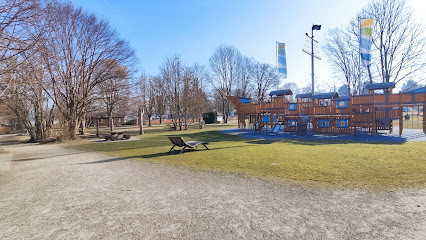
Sofaraum Kantonsschule Kreuzlingen / Oase
1.4 km
Discover the tranquil beauty of Sofaraum Kantonsschule Kreuzlingen, a serene Jain temple in Switzerland that offers spiritual reflection and artistic architecture.
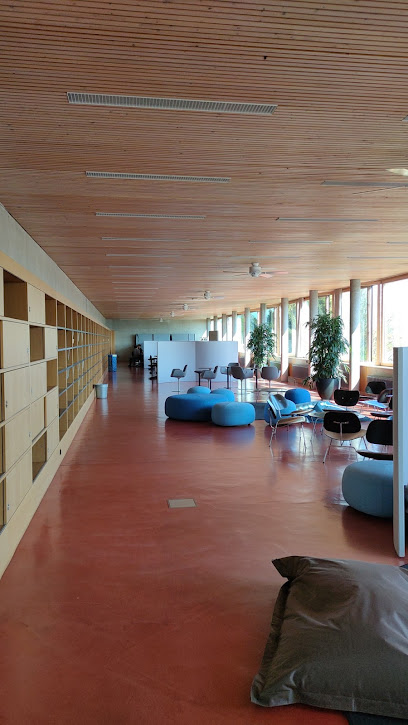
Jugendherberge Kreuzlingen
1.7 km
Discover the charm of Jugendherberge Kreuzlingen, a vibrant youth hostel on the shores of Lake Constance, perfect for budget-friendly adventures.

Kletterhalle Kreuzlingen
2.0 km
Experience exhilarating rock climbing at Kletterhalle Kreuzlingen, a premier climbing gym in Switzerland, perfect for climbers of all levels.
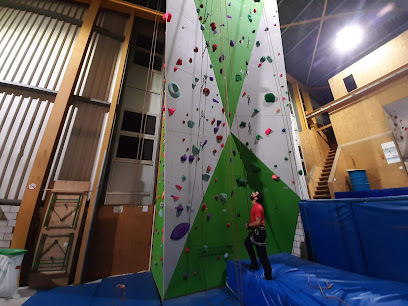
Seerheinbad Zellersguet Tägerwilen
2.3 km
Experience the beauty of Lake Constance at Seerheinbad Zellersguet, a tranquil lakeside beach perfect for swimming, sunbathing, and family fun.
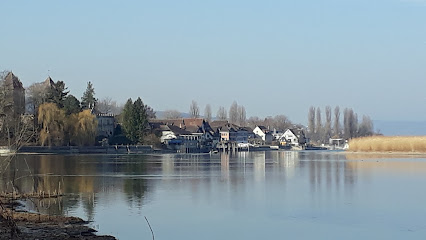
Tägerwilen
3.3 km
Explore Tägerwilen's Flea Market: A treasure trove of vintage finds, local crafts, and delightful Swiss delicacies await you.
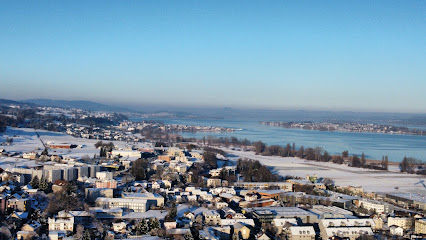
Leo Atelier
6.6 km
Discover your artistic flair at Leo Atelier, a premier art school in Kemmental offering diverse creative classes and workshops for all ages.
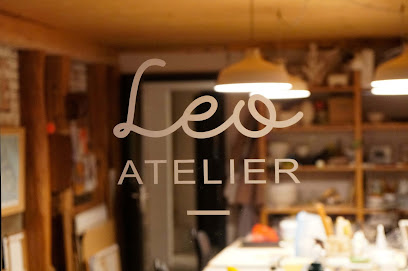
Napoleonturm Hohenrain
7.0 km
Experience breathtaking views and rich history at Napoleonturm Hohenrain, a captivating observation deck in the heart of Wäldi, Switzerland.
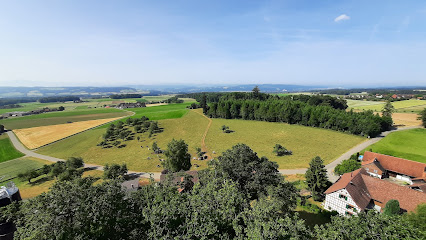
aussichtspunkt
7.2 km
Discover the breathtaking views at Aussichtspunkt in Ermatingen, a scenic spot perfect for nature lovers and photographers alike.
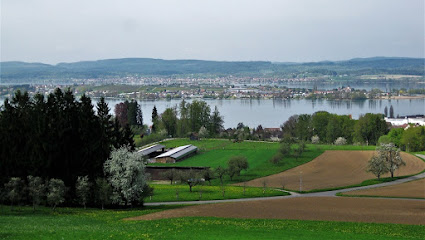
Wolfsberg
7.2 km
Discover the elegance of Wolfsberg, Switzerland's premier conference center, offering stunning views and exceptional facilities for your next event.
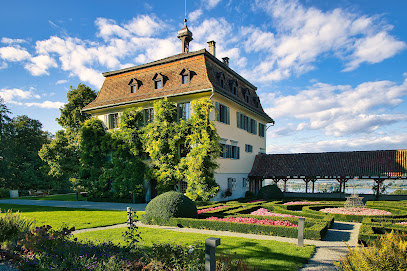
Badi Ermatingen
7.7 km
Discover the serene beauty of Badi Ermatingen - a perfect outdoor swimming paradise on Lake Constance for families and sun lovers.
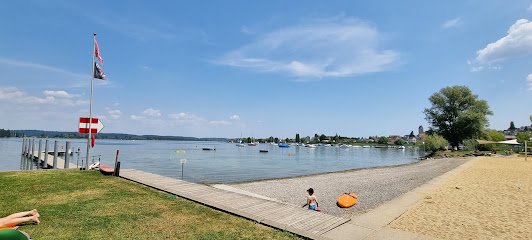
Bismarckpl.
8.0 km
Explore Bismarckplatz in Meersburg: A picturesque square offering stunning views, local cuisine, and a vibrant atmosphere by Lake Constance.

Grand Tour of Switzerland Photo Spot - Station Bodensee
8.0 km
Discover the breathtaking beauty of Lake Constance at the Grand Tour of Switzerland Photo Spot, a must-see destination for every traveler.
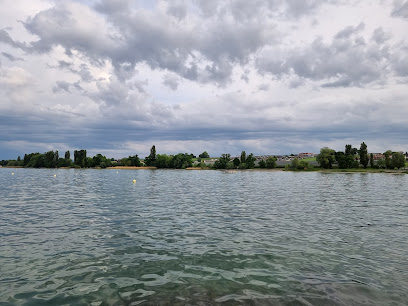
Unmissable attractions to see
Konstanz Altstadt
0.0 km
Discover the enchanting historic charm of Konstanz Altstadt, where medieval architecture meets vibrant local culture by Lake Constance.
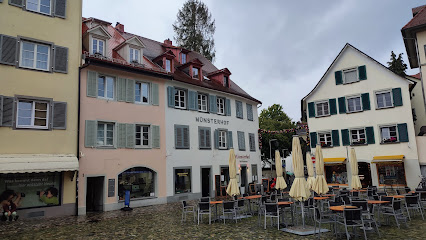
Rosgarten Museum Konstanz
0.0 km
Discover the history and artistry of Konstanz at the Rosgarten Museum, a treasure trove of local heritage and culture.
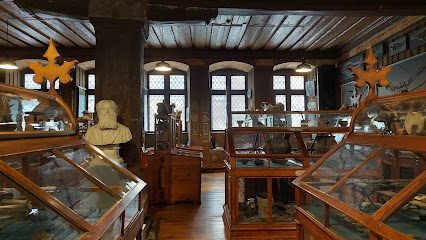
Marktstätte
0.0 km
Experience the essence of Konstanz at Marktstätte, a lively market filled with fresh produce, local crafts, and a vibrant atmosphere.
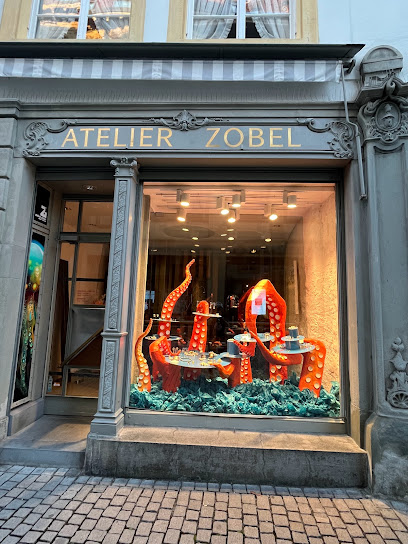
Obermarkt Konstanz
0.1 km
Discover the enchanting Obermarkt in Konstanz, a historical landmark blending rich culture, stunning architecture, and vibrant local life.
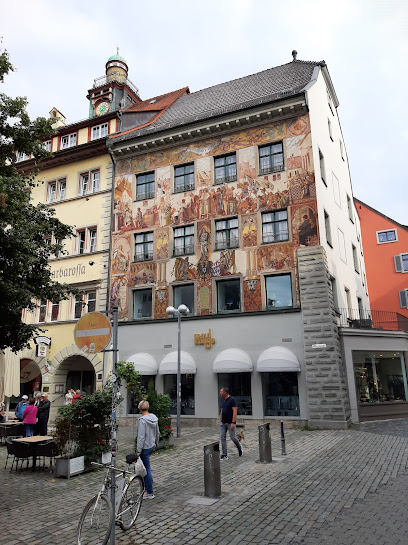
Wessenbergstraße 3
0.1 km
Explore the architectural elegance of Wessenbergstraße 3 in Konstanz, a historical building that embodies the city’s rich cultural heritage.
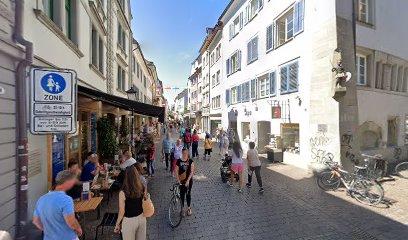
Il cuore di Costanza
0.1 km
Discover the charm of Konstanz at 'Il cuore di Costanza', a vibrant tourist attraction that blends history, culture, and culinary delights.
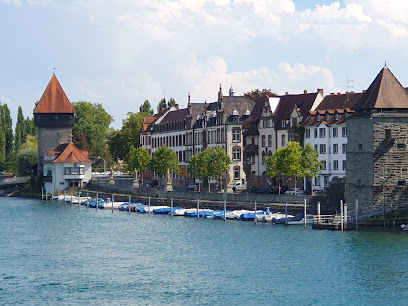
Obermarkt
0.1 km
Discover the vibrant Obermarkt town square in Konstanz, Germany, where history, culture, and local charm converge in a picturesque setting.

Hohes Haus
0.2 km
Explore Hohes Haus, a historical landmark in Konstanz, embodying the city’s rich architectural heritage and cultural significance.
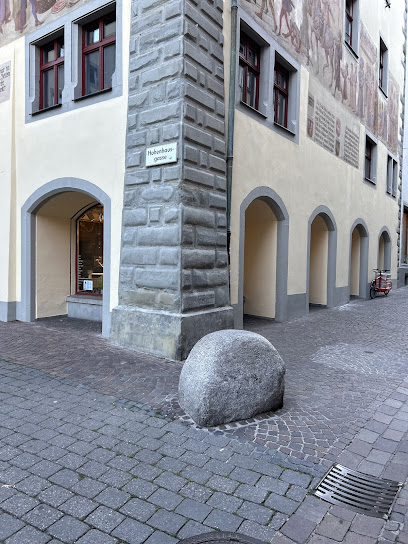
Fischmarkt
0.2 km
Discover the historic Fischmarkt in Konstanz-Altstadt, a vibrant market square filled with local flavors, stunning architecture, and a lively atmosphere.

Sankt-Stephan
0.2 km
Discover the serene beauty of Sankt-Stephan, a historic Catholic church in Konstanz, showcasing stunning architecture and vibrant stained glass artistry.
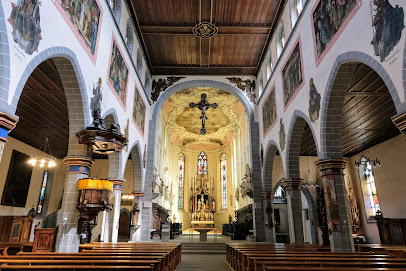
Historische Hafenuhr
0.3 km
Explore the Historische Hafenuhr, a stunning historical landmark in Konstanz, where history and culture come alive against a picturesque harbor backdrop.
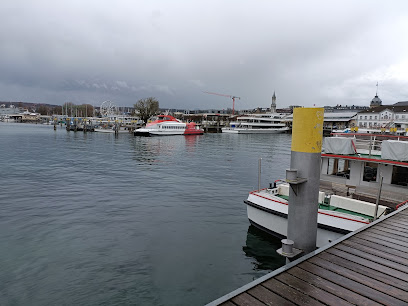
Kammeroper im Rathaushof Konstanz
0.3 km
Discover the enchanting performances at Kammeroper im Rathaushof Konstanz, a hidden gem in the heart of the city, perfect for theater lovers.
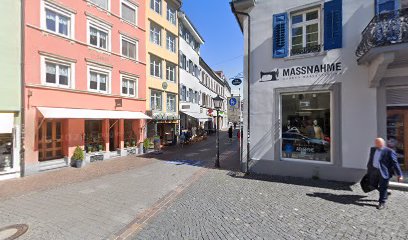
Mammutbaum
0.3 km
Experience the beauty of the Mammutbaum, a towering Giant Sequoia in Konstanz, Germany, where nature meets history in a serene park setting.

Hus-Museum
0.3 km
Explore the Hus-Museum in Konstanz, a captivating tribute to Jan Hus and the Reformation era, rich in history and cultural significance.
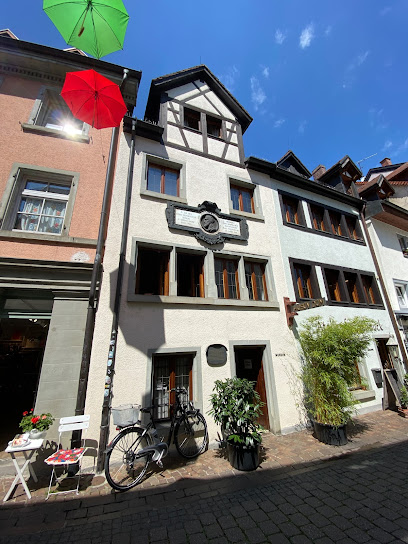
Graf-Zeppelin-Denkmal
0.3 km
Discover the Graf Zeppelin Monument in Konstanz, a historical landmark that captures the spirit of aviation and offers a glimpse into the past.
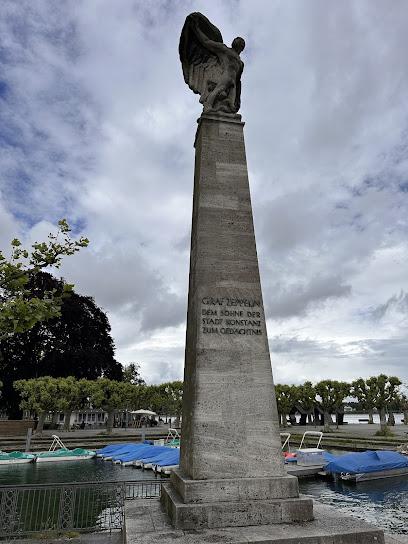
Essential places to dine
Brasserie Colette Tim Raue
0.1 km
Experience authentic French cuisine at Brasserie Colette in Konstanz - where culinary tradition meets modern elegance.
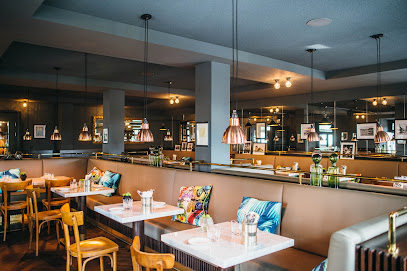
Romantik Hotel Barbarossa
0.2 km
Discover culinary excellence and historic charm at Romantik Hotel Barbarossa in Konstanz – your gateway to luxury dining and unforgettable experiences.
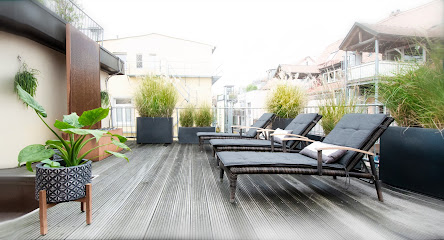
Good Rice zum Elefanten
0.2 km
Experience authentic Vietnamese cuisine at Good Rice zum Elefanten in Konstanz - a culinary journey filled with flavor and tradition.
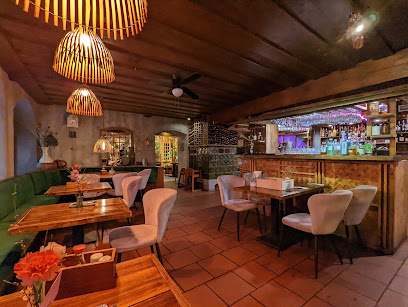
Brasserie Chez Léon
0.2 km
Experience the best of Italian cuisine fused with brasserie charm at Brasserie Chez Léon in beautiful Konstanz.
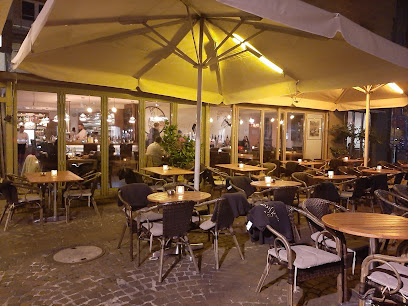
Restaurant Dischinger
0.2 km
Discover authentic German cuisine in the heart of Konstanz at Restaurant Dischinger, where tradition meets taste.

San Martino by Jochen Fecht | Michelin Sterne Restaurant und Bar
0.2 km
Experience culinary excellence at San Martino - a Michelin-starred fine dining restaurant in Konstanz's historic center.
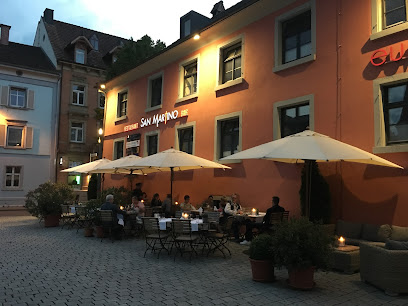
Seekuh
0.2 km
Experience authentic Italian flavors blended with pub charm at Seekuh in Konstanz – your go-to spot for delightful dining.
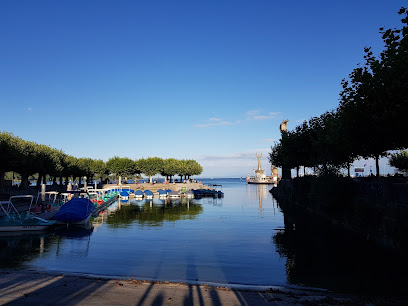
Hafenhalle
0.3 km
Discover Hafenhalle: A charming beer garden in Konstanz offering delicious food and an extensive selection of beers in a vibrant atmosphere.
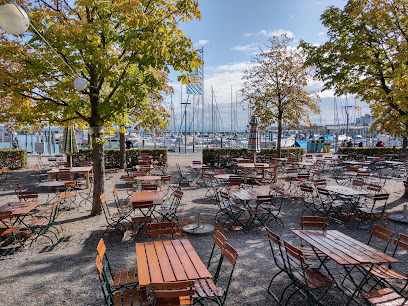
Konzil
0.3 km
Discover authentic Baden cuisine at Konzil, where stunning views of Lake Constance meet exceptional dining experiences.
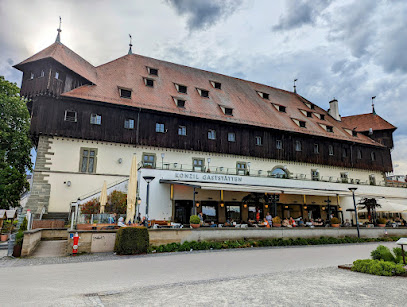
Hexenküche
0.3 km
Discover Hexenküche in Konstanz: A top-rated steakhouse offering exquisite dishes and a delightful atmosphere for food lovers.
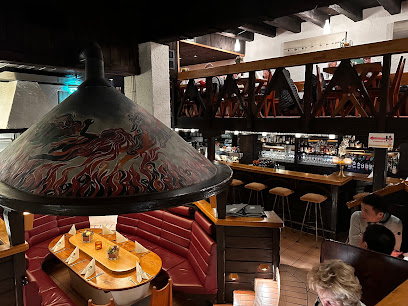
Restaurant Hafenmeisterei
0.3 km
Experience authentic Italian cuisine with stunning lake views at Restaurant Hafenmeisterei in Konstanz.
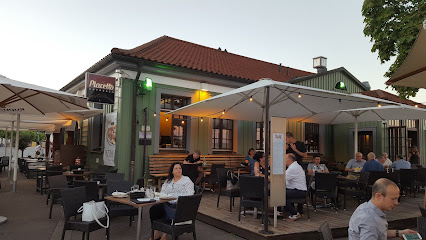
Tolle Knolle
0.3 km
Experience authentic German cuisine at Tolle Knolle in Konstanz, where every dish tells a story of tradition and taste.
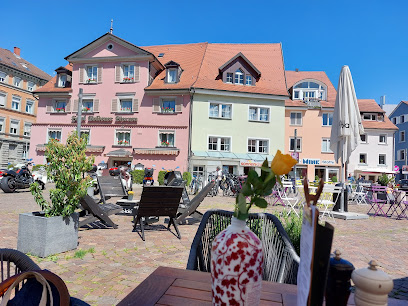
Cafe Münsterhof
0.4 km
Discover authentic German flavors at Cafe Münsterhof in Konstanz – where tradition meets modernity in every bite.
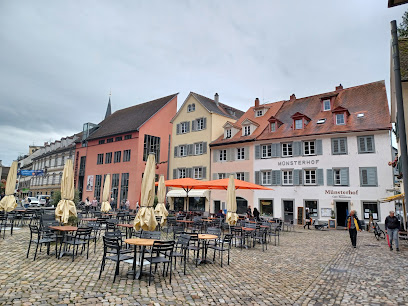
Restaurant Zur Wendelgard
0.5 km
Experience authentic German cuisine at Restaurant Zur Wendelgard in scenic Konstanz – where tradition meets flavor in every dish.
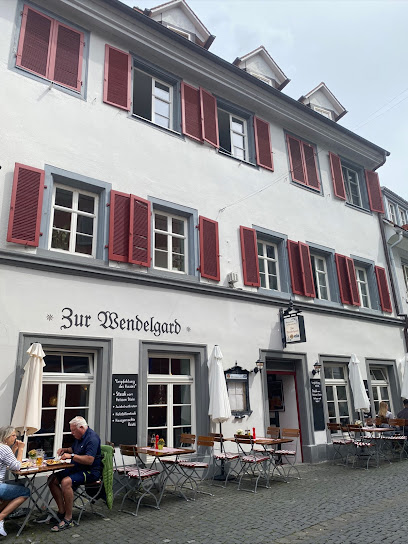
Mister Salami
0.5 km
Savor gourmet salami and local flavors at Mister Salami, one of Konstanz's most beloved restaurants.
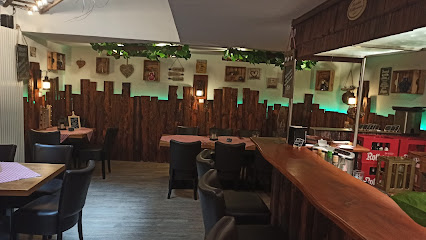
Markets, malls and hidden boutiques
see u - souvenirs & gifts in konstanz am bodensee
0.2 km
Explore See U in Konstanz for unique souvenirs and gifts capturing the essence of Lake Constance.
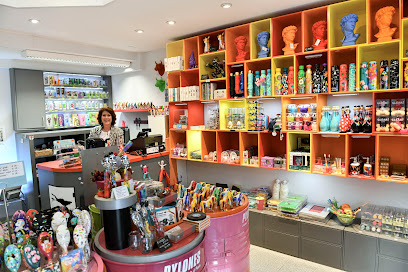
Ixe Boutique - Konstanz
0.2 km
Experience unique women's fashion at Ixe Boutique in Konstanz, where local craftsmanship meets contemporary style.
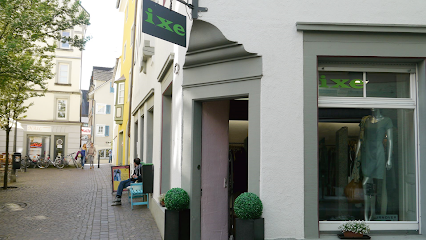
Casa Latina
0.2 km
Explore Casa Latina in Konstanz for a unique shopping experience showcasing diverse and vibrant fashion that reflects cultural richness.
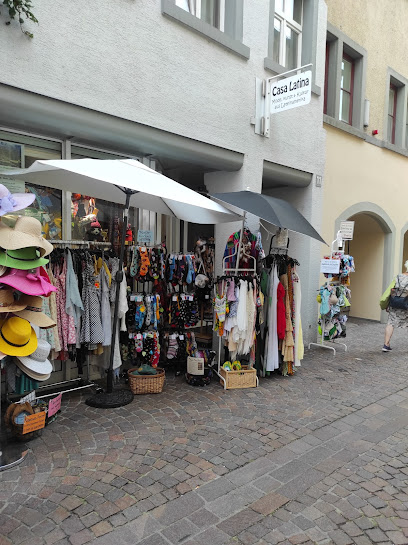
REYKJAVIK - nordic lifestyle
0.2 km
Explore Reykjavik: A vibrant fusion of art, culture, and stunning landscapes, perfect for adventurous travelers seeking unique experiences.
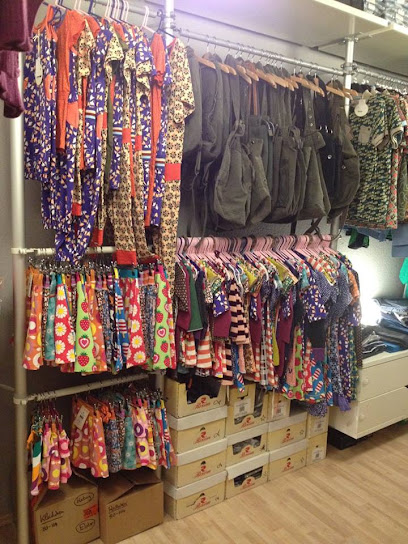
ALEX by ALEXANDER HEITZ
0.4 km
Explore ALEX by ALEXANDER HEITZ in Konstanz for a premium selection of bags, leather goods, and fashion accessories that combine style and functionality.
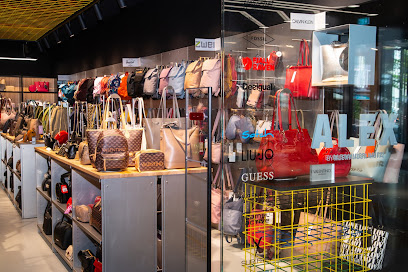
LAGO Shopping Center
0.4 km
Explore a shopping paradise at LAGO Shopping Center, offering a mix of retail, dining, and entertainment in Konstanz.
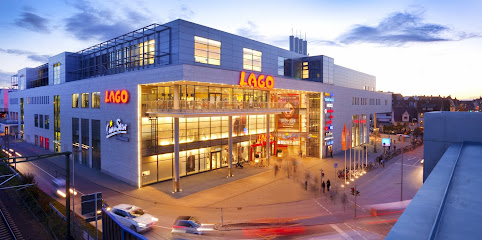
Spielwarengeschäft im LAGO Konstanz
0.4 km
Discover the magic of play at Spielwarengeschäft im LAGO Konstanz, a treasure trove of toys and games for all ages.
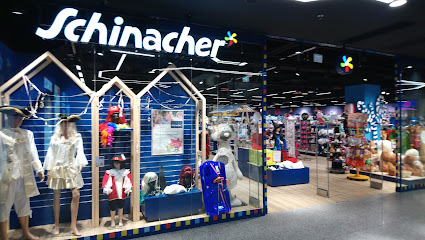
Urs Portmann Tabakwaren AG
0.7 km
Explore Urs Portmann Tabakwaren AG, Kreuzlingen's premier tobacco shop, offering premium cigars and a welcoming atmosphere for enthusiasts.
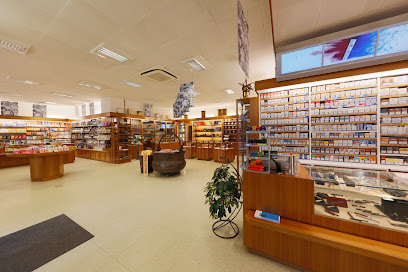
Einkaufszentrum Karussell
1.1 km
Explore a diverse shopping experience at Einkaufszentrum Karussell in Kreuzlingen, featuring top brands, dining, and family-friendly facilities.
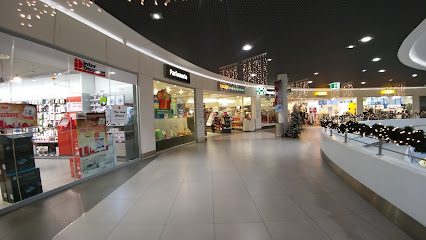
Unique Style AG
1.2 km
Explore the latest fashion trends at Unique Style AG in Kreuzlingen, offering stylish clothing, chic accessories, and trendy shoes for every occasion.

Lido Shopping Point
1.9 km
Explore Lido Shopping Point in Kreuzlingen for an unforgettable shopping experience with diverse stores, dining options, and vibrant atmosphere.
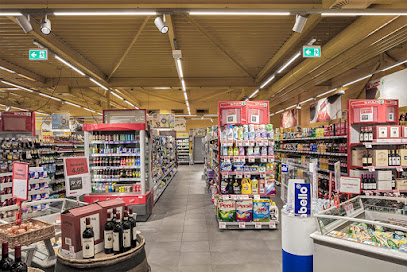
Outlet Kreuzlingen | Strellson | windsor.| JOOP!
2.4 km
Discover unbeatable fashion deals at Outlet Kreuzlingen, the premier destination for stylish clothing from top brands in Switzerland.
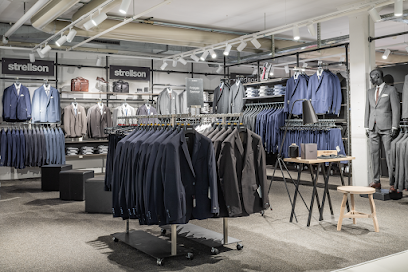
Einkaufszentrum Seepark
2.6 km
Discover shopping, dining, and entertainment at Einkaufszentrum Seepark in Kreuzlingen, your ultimate retail destination in Switzerland.
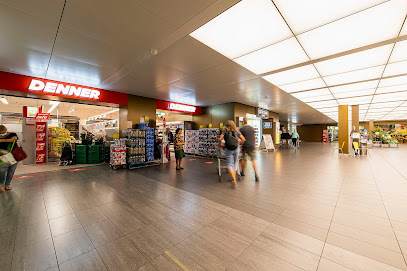
Chli und Härzig
5.6 km
Explore Chli und Härzig in Kemmental for unique gifts and baby items, showcasing local craftsmanship and culture in a charming Swiss setting.

Omas Kaufhaus
8.2 km
Discover the joy of childhood at Omas Kaufhaus, a delightful toy store in Meersburg, offering unique toys and games for all ages.
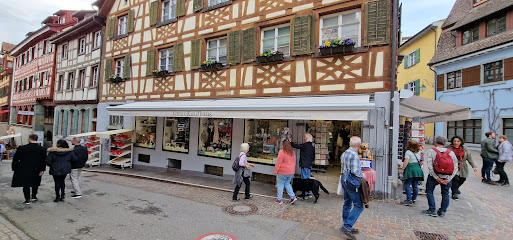
Essential bars & hidden hideouts
Manhattan Bar
0.1 km
Discover the lively Manhattan Bar in Konstanz, where delicious cocktails and vibrant nightlife await amidst a stylish atmosphere.
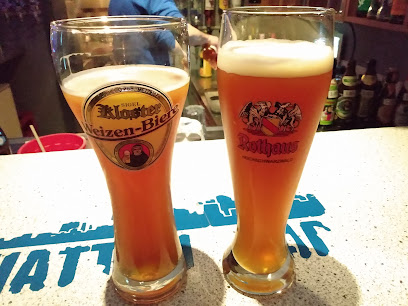
Backstage Musikcafe
0.2 km
Discover the lively atmosphere of Backstage Musikcafe, the heart of live music and social gatherings in Konstanz.
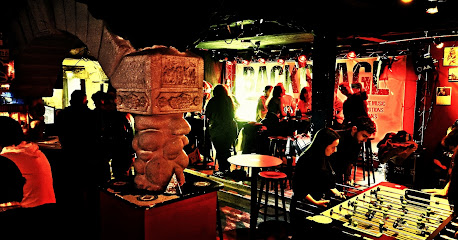
P-CLUB
0.2 km
Experience the vibrant nightlife of Konstanz at P-CLUB, where electrifying music and an energetic crowd create unforgettable memories.
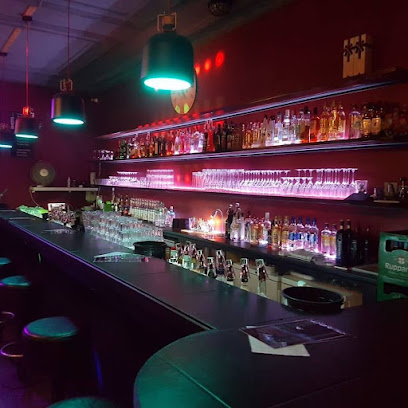
Einstein Bar Konstanz
0.2 km
Discover Einstein Bar in Konstanz for an exceptional nightlife experience with a variety of drinks and a vibrant atmosphere.
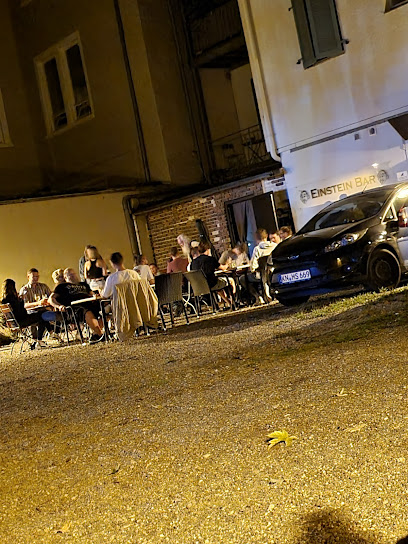
ess/bar
0.2 km
Discover the vibrant flavors of Ess/Bar in Konstanz, a gastropub blending local ingredients with international flair for an unforgettable dining experience.
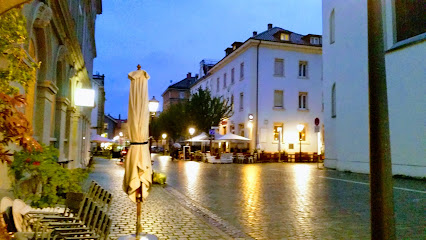
Khi-bar
0.2 km
Experience the vibrant flavors of Spain at Khi-bar, Konstanz's top tapas bar, where delicious small plates meet a lively atmosphere.
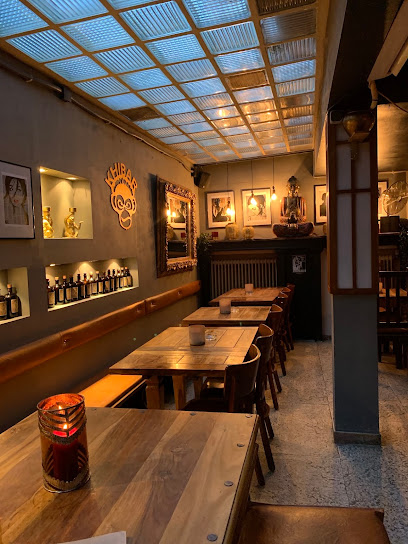
SHOTZ Konstanz
0.2 km
Discover the vibrant nightlife of Konstanz at SHOTZ Bar - affordable drinks, friendly ambiance, and a great place to meet locals.
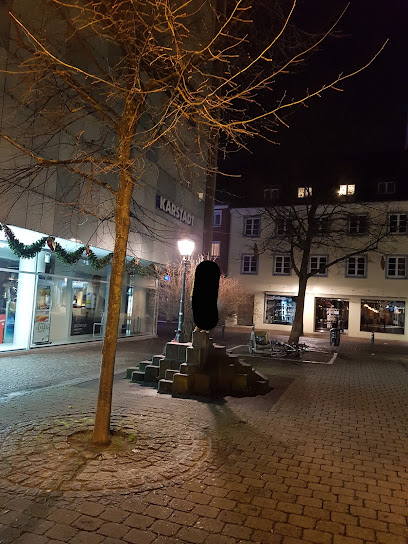
Pfiff Inh. Thomas Aich
0.2 km
Experience the vibrant atmosphere and delectable flavors at Pfiff Gastropub, a must-visit dining spot in the heart of Konstanz.
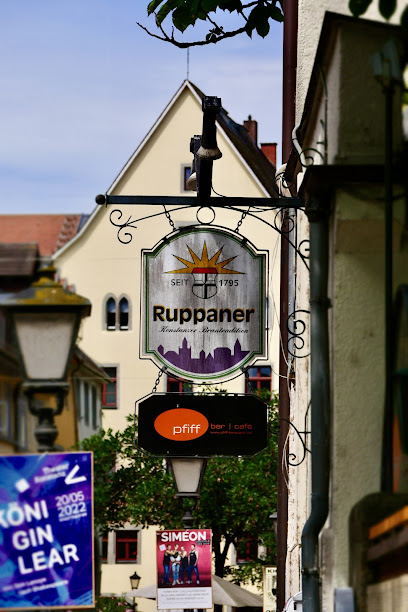
Stable
0.3 km
Discover Stable, the ultimate Irish pub experience in Konstanz, where hearty food, local brews, and friendly vibes await every visitor.
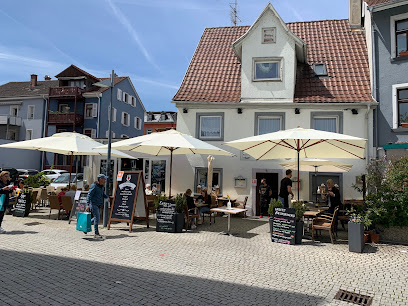
Bar Klimperkasten
0.3 km
Discover the vibrant nightlife of Konstanz at Bar Klimperkasten, where cocktails and camaraderie create memorable evenings in a charming setting.
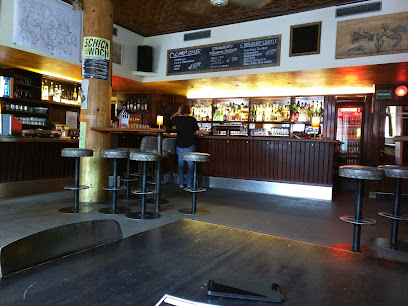
Deli
0.4 km
Experience the vibrant flavors of Deli in Konstanz, where German and Japanese cuisines meet crafted cocktails in a cozy atmosphere.
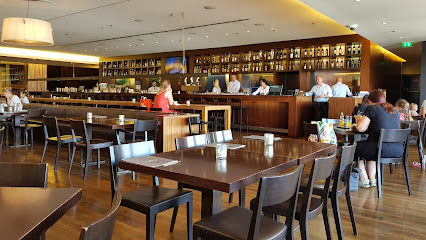
Blauer Engel Cocktail Bar
0.4 km
Experience the vibrant nightlife of Konstanz at Blauer Engel Cocktail Bar, known for its expertly crafted cocktails and inviting atmosphere.
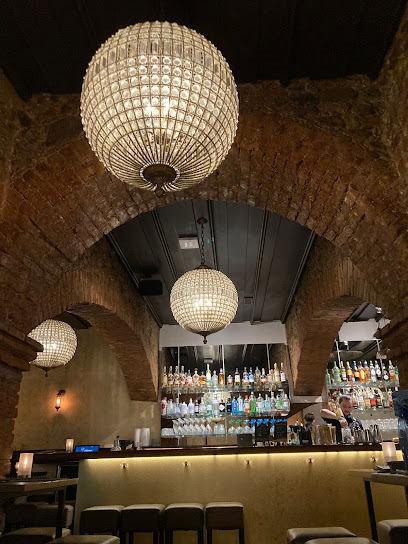
Heimat Bar
0.5 km
Experience the vibrant nightlife and local flavors at Heimat Bar in Konstanz, where every drink tells a story.
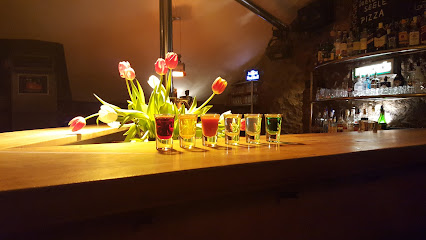
Zeppelin Bar im Inselhotel
0.5 km
Experience the serene ambiance of Zeppelin Bar in Inselhotel, where exquisite drinks meet stunning waterfront views for an unforgettable evening.

Consy Bar & Café
0.7 km
Discover the vibrant Consy Bar & Café in Kreuzlingen - where cocktails, live music, and a cozy atmosphere await you.
